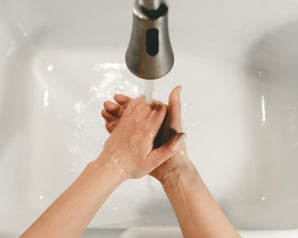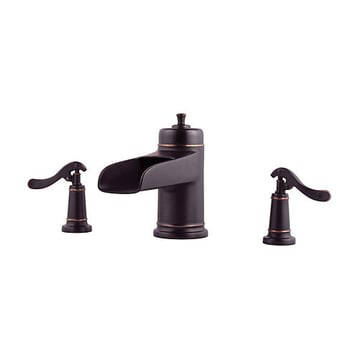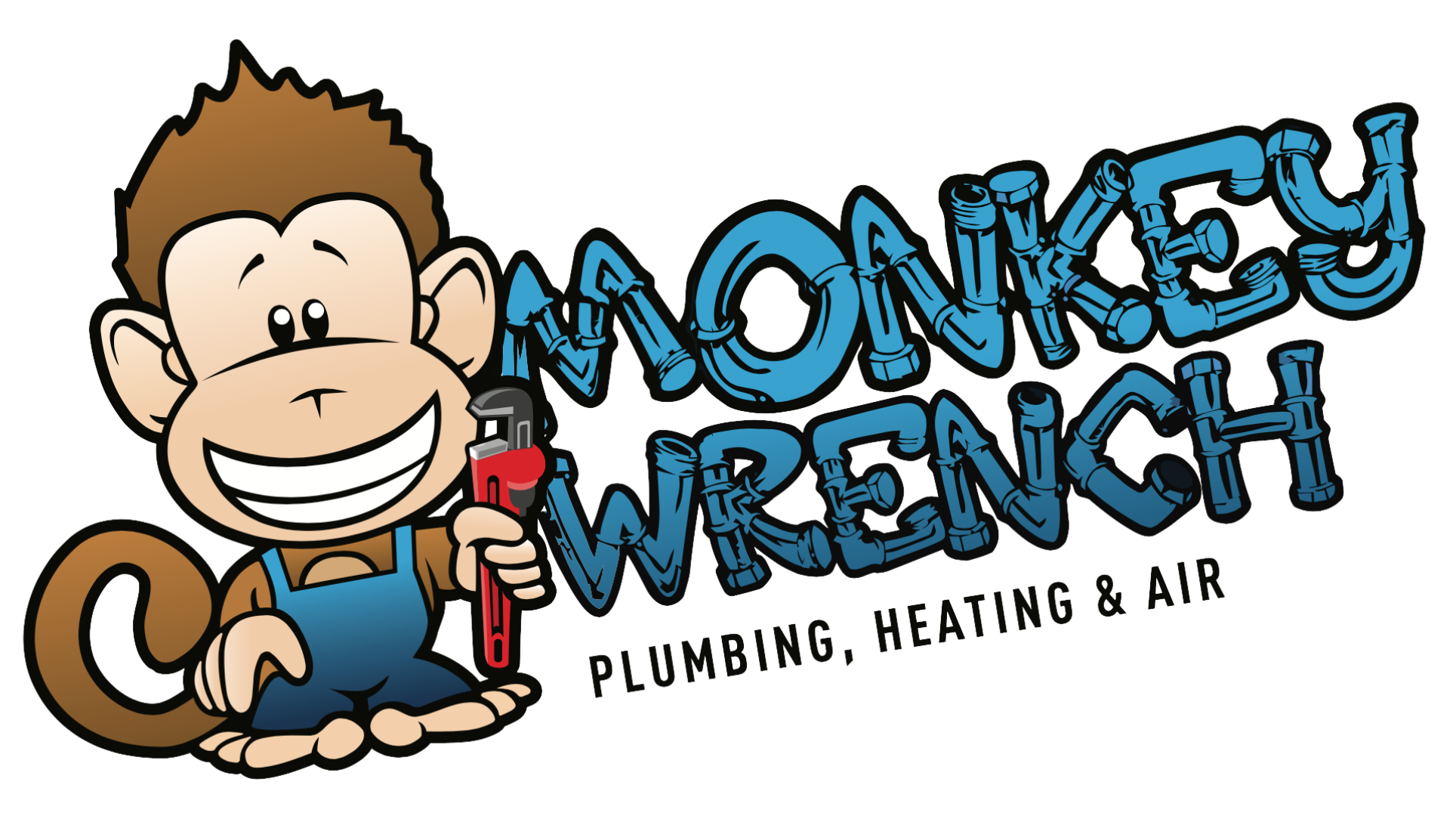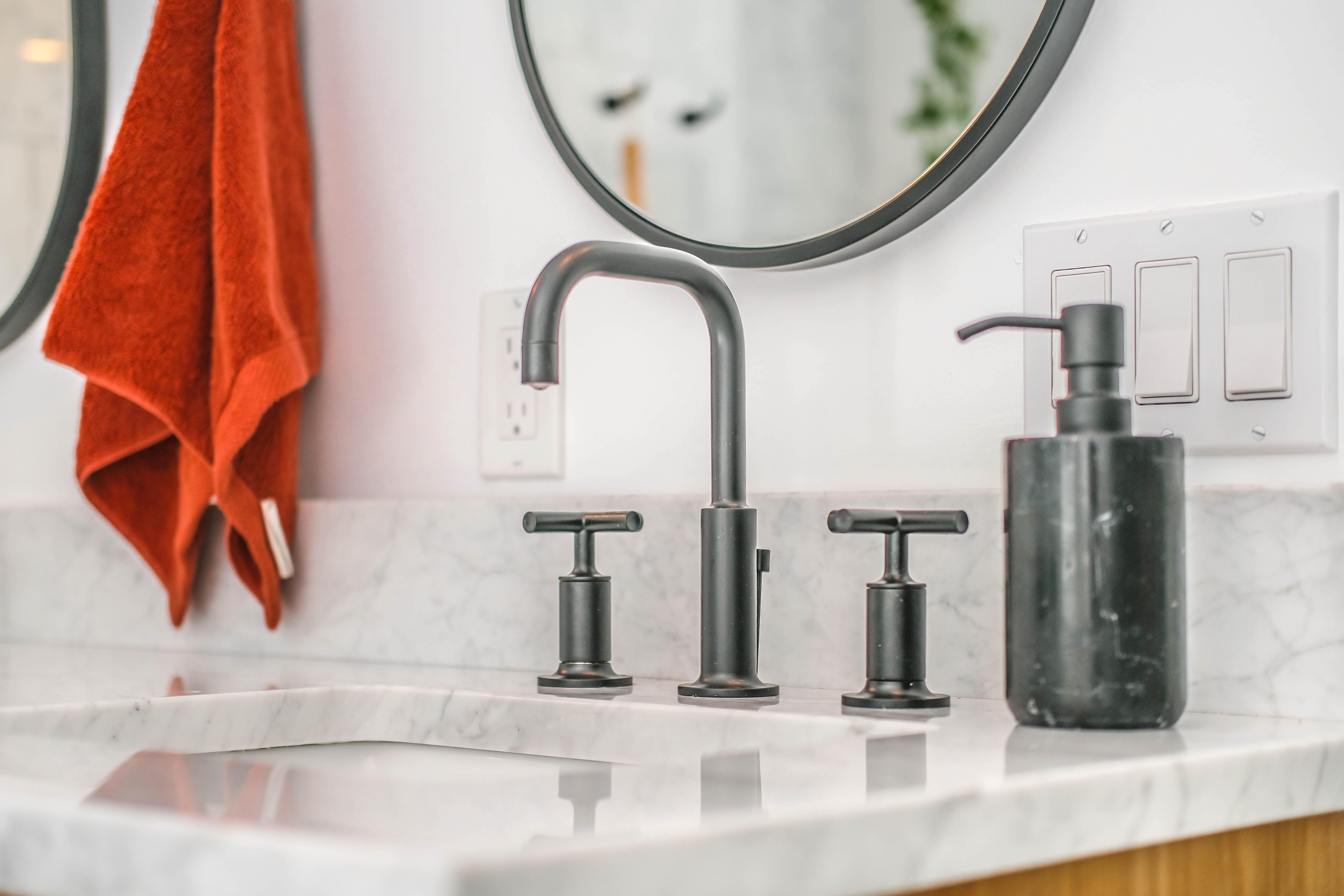2 Ways To Tell if I Have High Flow Rate Fixtures
Are you having any of these thoughts distracting you from more immediate concerns?
-
How can I reduce my water usage and be more eco-friendly?
-
How can I save money for my future?
-
I have to get a new water heater. How should I start?
Dealing with these matters can be confusing and overwhelming on their own. Not to mention, stressful if you're dealing with other worries in your life. Rest easy. You can get started knocking out all three of these concerns today. High flow rate fixtures can affect all three of these problems. So, how do you find your fixtures' flow rates? Well, a plumber can find your flow rates for you, but you'll be reliant on their word.
As plumbers who've worked in Los Angeles for 14 years, we've seen many clients misled and misinformed by other companies. We don't want that happening to you because learning about your plumbing shouldn't be a draining task.
With the help of our dedicated Monkey Wrench crew, we created this article to simplify the process of finding your fixtures' flow rates. We promise by the end of this post, you'll not only know how to use the two ways to tell if you have high flow rate fixtures in your home, but your knowledge will give you the confidence to deal with any plumber that steps into your home.

What is Flow Rate, and Why is it Important?
So what is this thing called flow rate that affects water usage, cash in your pocket, and water heater sizing?
Flow rate is the amount of liquid that flows through something in a period of time.
What are some examples of this?
Example A: The fuel pumped into your car has a flow rate.
Example B: Delicious lemonade poured into a paper cup has a flow rate.
Example C: Coffee running through a filter has a flow rate.
In the case of your home, we're talking about water flowing through your fixtures when you turn them on. It's important to know your flow rates because you might use more water than you need. That means money down the drain.
Flow rates also play a crucial role in sizing a new water heater. Water heaters have a maximum flow rate. So, if you're running a bunch of high flow rate fixtures simultaneously, you could damage your water heater.
With all these important factors flow rates affect, it's best to find out your fixtures' flow rates as soon as possible.
Finding flow rates is a breeze. You can either:
- Inspect your fixtures
- Test your fixtures
Let's jump right into it.
1. Inspect Your Fixtures for Flow Rate
The first way to tell if you have a high flow rate fixture is by checking it yourself. What are you searching for? A number in the form of gallons per minute (GPM). This number is your flow rate. There are two ways to inspect your fixtures for their flow rate. You can:
-
Read the fixture's user manual - This works with add-ons like body sprayers, bidets, and brand new fixtures.
-
Look on or around the fixture - Some fixtures have their GPM printed or etched on them.
If you find GPM this way, you may notice a trend similar to our table below.

This table is the key to finding if your fixture is considered a high flow rate fixture. Tubs and showers have high flow rates by their very nature of needing a lot of water. In comparison, bidets and bathroom sinks have a much lower flow rate because they clean smaller areas.
In 2016 the United States Environmental Protection Agency (EPA) updated the maximum flow rates on certain fixtures for Water Sense certification. This update helps save water and commits to more sustainable practices.
The fixtures affected are shower and sink fixtures in private use. For California, the maximum flow rates are:
-
Bathroom sinks - 1.2 GPM
-
Showerheads - 1.8 GPM
So if your bathroom sink or showerhead is above this maximum, they're considered high flow rate fixtures.
If you're outside California or want to read more about the changes to fixture maximums and possible upcoming changes, check out the EPA's page WaterSense Specification Review Webinar.
Bathtub faucet with a flow rate of 15-18 GPM

2. Test Your Fixture's Flow Rate
The second way to figure out your fixtures' flow rates requires a more hands-on approach. To manually find your flow rates first, don't panic. It's super simple. Then do these things.
- Take out a 1-gallon bucket (for bathroom sinks) or a 5-gallon bucket.
- Place the bucket under your fixture.
- Turn the water on.
- Time the water for a minute.
What did you get? We've provided a few example flow rates below.
-
If your 1-gallon bucket barely overflows after a minute, you have a flow rate of 1.2 GPM.
-
If your 1-gallon bucket overflows more than a trickle, you most likely have a flow rate of 1.5 GPM.
-
If your 5-gallon bucket is a little less than half full after a minute, you probably have a flow rate of 1.8-2.2 GPM.
-
If your 5-gallon bucket is half full at the minute mark, you have a flow rate of 2.5 GPM.
-
If your 5-gallon bucket is almost full after a minute, you probably have a flow rate of 4 GPM.
-
If your 5-gallon bucket overflows after a minute, you have a flow rate of 6-7 GPM.
Now that you've collected your flow rates, let's check out how to use this information.
What Do I Do With My Flow Rates?
What do you do with these flow rates now that you have them? Well, if you're looking to save water or money and you have any of the below flow rates, you'll want to consider switching out your fixtures to ones with a lower flow rate. You can also reduce the time you're running your tap.

If you're looking to size a water heater, write your flow rates down to use during a plumbing appointment. Doing this will help the process move smoothly and efficiently when a plumber asks for your water needs.
Next Steps for New Fixtures and Water Heaters
Whether you're looking to save water and money or you want to get a new water heater, you have the knowledge and confidence to find your flow rates and communicate why they're essential to know. And you're ready for the next step—a plumbing appointment.
Want us to be your plumber? At Monkey Wrench Plumbing, Heating & Air, we can replace your fixtures with more eco-friendly alternatives, and we can also get you a new water heater catered to your specific water needs.
Schedule a water heater appointment now on our Water Heater Booking Page, a fixture appointment on our Fixture Booking Page, or give us a call.




